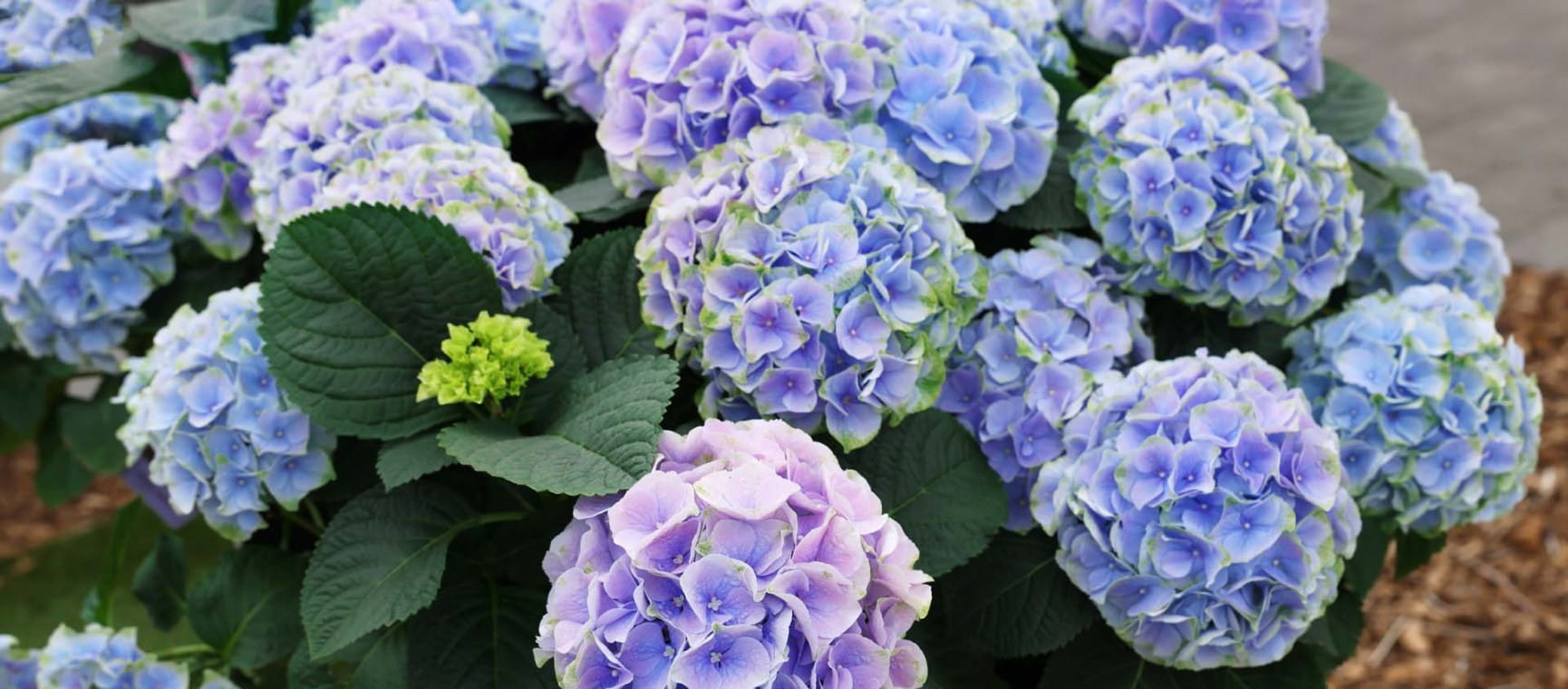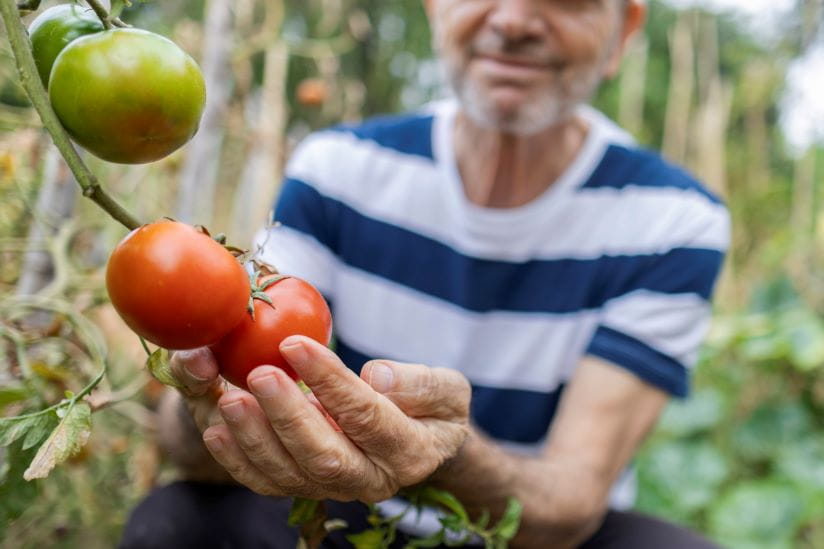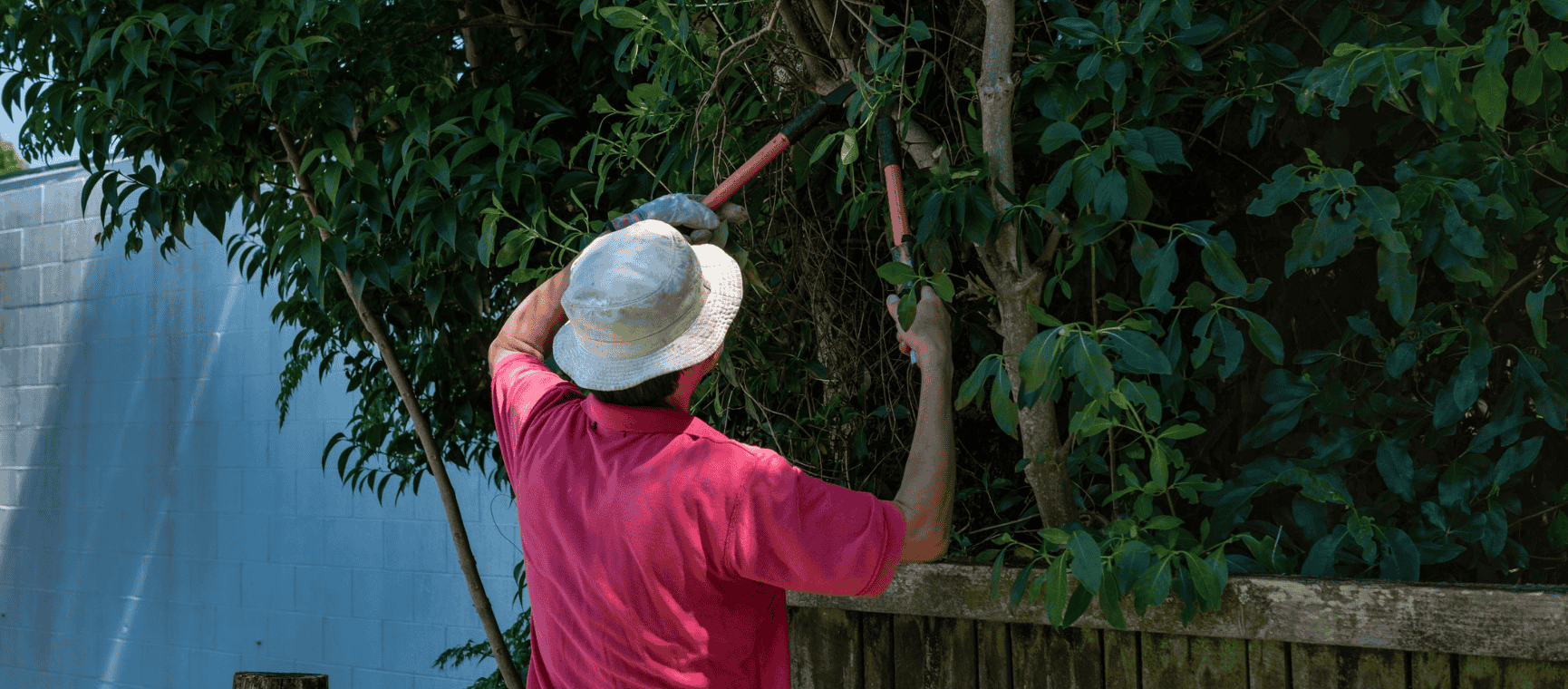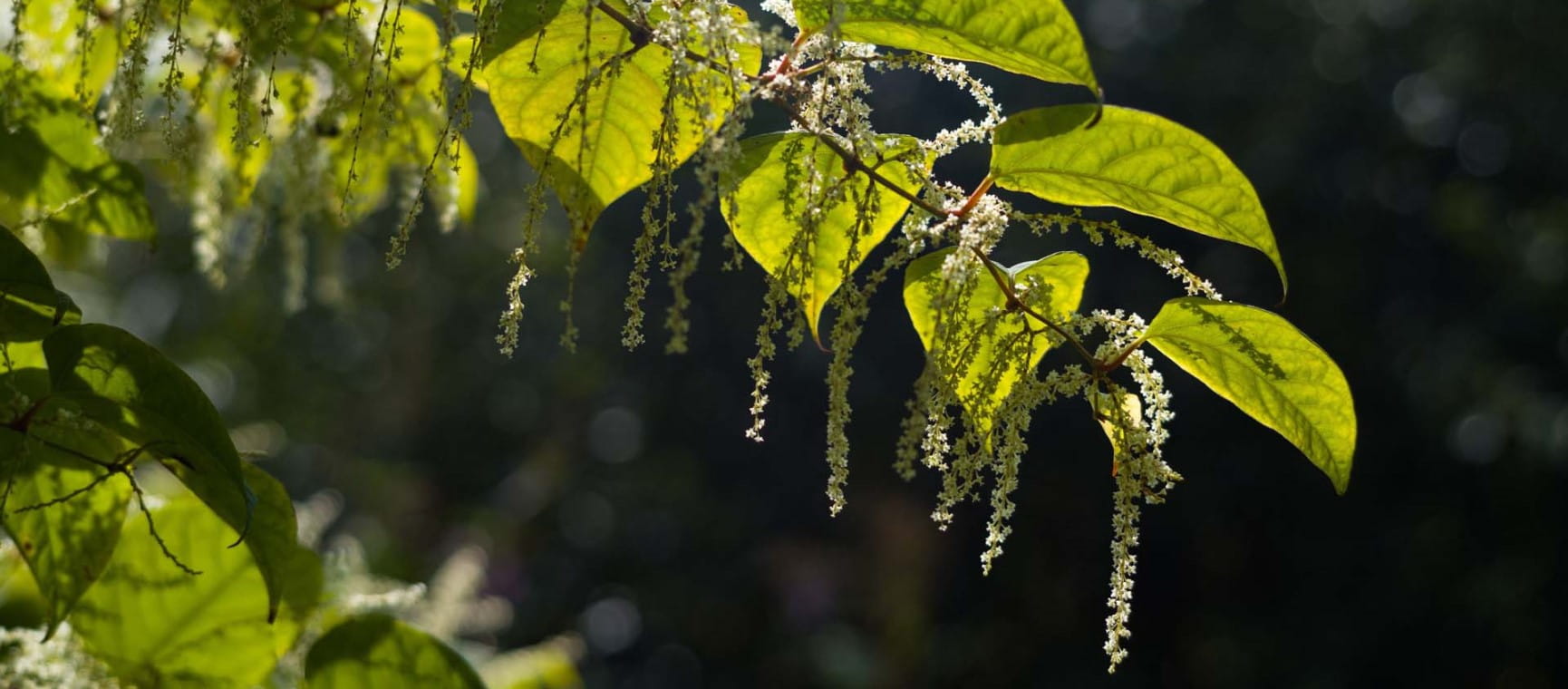

Here's the lowdown on the best ways to successfully grow potted hydrangeas

Hydrangeas make a statement in any summer garden, with their dramatic flower heads bursting to life in your borders. But while the blooms can be planted successfully in the ground, can you grow hydrangeas in a pot?
For those of you who love these beautiful specimens, you’ll be pleased to learn that hydrangeas can be grown in pots and work well in all styles of gardens, whether you prefer a cottage or contemporary look or are sourcing a plant for a balcony or patio.
Hydrangeas are hardy deciduous shrubs that provide structure and colour in a garden. The striking blooms come in various types, including large round and cone-shaped flower heads, with a range of white, pink and blue blossoms.
It’s a resounding ‘yes’
“Hydrangeas are easy to grow in pots,” advises Roger Butler, owner of Signature Hydrangeas.
As long as you keep them well watered and plant them in a pot that’s big enough to accommodate their growth, there’s no reason why they can’t be planted in a container.
However, Butler does advise that some do better than others: “Hydrangea macrophylla and Hydrangea paniculata are the best hydrangeas to grow in pots, while Hydrangea quercifolia, Hydrangea aspera, Hydrangea serrata and Hydrangea arborescens are better in the ground.”
Start potting in the spring
The best time to pot hydrangeas is between March and June, advises Butler.
One of the main priorities is to think about the pot size, giving the plant enough space to grow without becoming restricted. Consider the size and dimensions of your plant when it matures, and whether you’ll want to transplant it to a larger pot later.
A rough guide is to use a pot a few centimetres wider than the one it came in. The size of the pot will also depend on the variety you select.
Compact hydrangeas won’t grow to the same extent as traditional hydrangeas, so check the plant label for its eventual height and spread before you choose your pot.
Adequate drainage is also key. Check the pot has sufficient drainage in the base to prevent the plant’s roots from becoming water-logged.
Try this compact hydrangea: Hydrangea paniculata ‘Bombshell’ is a beautiful compact variety with creamy white flowers with pale pink eyes, available at Crocus.

If you plan to move your hydrangea around your garden into different positions, consider the weight of the pot you’ll be using. Rather than a heavy stone or terracotta container, would a lighter weight version be more practical?
Check what your hydrangea needs
When choosing the soil, Butler suggests mixing it up: “I prefer a combination of John Innes No 3 mixed with a peat-based compost because it retains the water far better than the peat-free compost.”
The sale of peat-free compost to amateur gardeners will be banned in England by the end of 2024.
The UK Government announced the ban last year in a move to protect the environment. Organisations such as the RHS are already making peat-free choices ahead of the ban.
There are plenty of easily available peat-free composts on the market, including Homebase’s peat free multi-purpose compost, £7 (50l).
How colours change depending on soil type: The soil type is particularly relevant when growing Hydrangea macrophylla.
Butler explains that pink varieties usually go blue in acid soils, while they stay pink in alkaline soils. Meanwhile, blue flowers will only remain blue if the soil is acidic and there is sufficient aluminium sulphate in the compost.
If the soil is alkaline, the flowers will be pink. It’s slightly easier to grow white flowers, as they will stay white, whatever the soil type.
Five simple steps to success

There’s no great science to planting a hydrangea in a pot, just follow these five simple steps:
Protect them from too much sun
Hydrangeas are best positioned in sheltered areas that receive the morning sun and afternoon shade.
Although some varieties enjoy full sun, they are more likely to dry out and need extra watering. This is true for any plants that are grown in containers rather than the ground.
Butler suggests that the ideal position for Hydrangea macrophylla varieties is in dappled shade and warns: “Certainly keep them out of the hot summer midday to mid-afternoon sun as the flowers may burn.” Instead, he suggests Hydrangea paniculata varieties would do well in full sun or semi-shade.
Don’t let them get thirsty
Hydrangeas in pots will dry out much more quickly than those planted in the ground, so during the hotter, drier months, check your plants regularly.
Butler says: “In the summer, the pots will need watering every day and must be kept moist the rest of the year.”
Give them a boost in the spring
Hydrangeas are relatively easy to maintain and don’t need feeding other than once in the spring.
For this, Butler recommends using Osmacote or Miracle Gro.
It depends on the variety
The pruning of hydrangeas will vary depending on your variety, as some flower on old wood and others on new growth.
Check the type you have before you prune to avoid limiting the growth of new flowers.
For macrophylla varieties, Butlers advises pruning the plant around April time: “Cut off the dead flower heads immediately under the flower head to the first growing buds, but do not prune too far down the stem as macrophylla flower on old wood.
If you prune them too low, you can cut the flower buds off. “Hydrangea paniculata flower on this season’s growth so can be pruned back to two buds on last year’s growth, around March or April.”
With her 30 years of experience, Camilla Sharman has covered a wide range of sectors within the business and consumer industries both as a feature, content, and freelance writer. As a business journalist, Camilla has researched articles for many different sectors from the jewellery industry to finance and tech, charities, and the arts.
View author page
Rekha Mistry shares her top vegetables to grow in your garden all year round.

We explain the science and have 7 of the best scented plants for your garden.

From robot mowers to electric pruning shears, spruce up your outside space with four of the best garden gadgets

Our expert pruning and watering hacks include a top tip to keep them flowering from Alan Titchmarsh.

Don’t make these bird-feeding mistakes. Expert advice on how to feed birds in your garden safely.

Blighted by buzzing? How to keep wasps out of your garden without harming them so you can enjoy the summer.

The ways you could be breaking the law in your back garden - with expert advice on how to avoid neighbour disputes, a fine or even a prosecution.


Everything you need to know about Japanese knotweed, the fast-growing plant nobody wants in their garden.